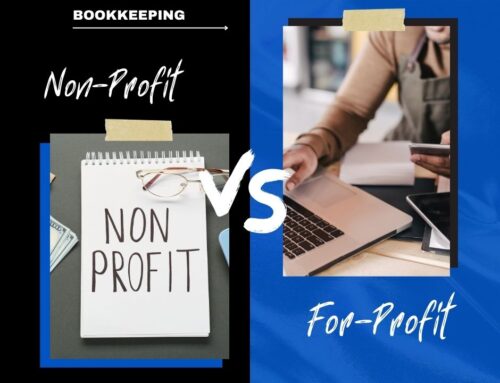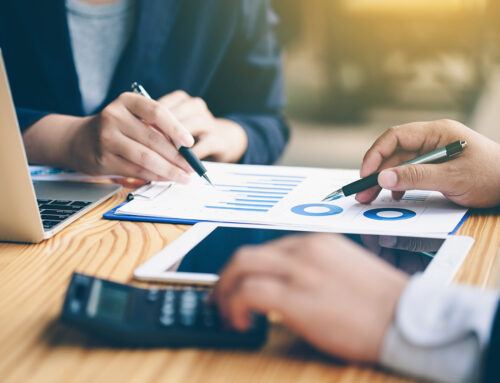As an important shareholder of a Boston MA business or organization, you will be presented with a pro forma balance sheet several times. Knowing the fundamentals of how to understand its contents will come in handy.
Also known as the statement of financial position, a balance sheet is one of the three cornerstones of an organization’s financial statements. The income statement and the statement of cash flows are the other two cornerstones that complete the trio.
Analogous to its alternate name, a balance sheet statement provides a statement of the overall financial position of a company. Details of what, or how much the company owns or owes are included, allowing you to gauge the financial health of the company at a single point of time. You won’t be wrong to think of the balance sheet as a statement of the net worth of the company, at the given time.
The Anatomy of a Balance Sheet
A balance sheet statement has two sections, which must balance each other (and hence the name) without fail. You’ll see three major elements on the sheet – assets, liabilities, and shareholders’ equity – which also form the main formula behind the statement of financial position.
Assets = Liabilities + Shareholder’s Equity
Understanding each term:
Assets
The easiest way to understand assets is to define them as things of value possessed and controlled by the company, regardless of who owns it. Typical assets you will find included in a balance sheet are office equipment (such as chairs, tables, and computers), cash, and accounts receivables (people or businesses who owe money to the business).
Even items such as company cars, which were purchased on 100 percent financing (such that it belongs to the bank) and machinery, which were leased from a contractor (such that it belongs to the contractor) are assets in the balance sheet statement, because control and not ownership, is the key criteria.
Liabilities
Liabilities are the things of value that a company has, but does not control. This typically includes debts (such as loan repayments and credit card balance), accounts payable (people or businesses to whom the company must pay back), expenses (such as taxes, dividends, and customer advances that the business must pay back), as well as any future financial obligations.
Owner’s equity
Owner’s equity are the things of value that a company both controls and owns. All assets that are completely owned by the company (say, a machine that was purchased with 100 percent company money, or a machine, the loan on which has been re-payed completely).
Here’s another way to understand owner’s equity – consider this: The business owner liquidates all company assets. He proceeds to settle all debts (the liabilities section) from the liquidity cash. The amount he has left with him after debt settlement is owner’s equity.
Final thoughts
As you know by now, assets on one side of the balance sheet statement will add up to the exact value as liabilities and owner’s equity, on the other side of the balance sheet. An ‘imbalanced’ balance sheet represents an error in either side or both sides, and can be corrected by reviewing the three elements. This is, of course, just the basics of reading a balance sheet. There are several other financial details you can uncover, by reading a balance sheet statement correctly, but more on that later.




